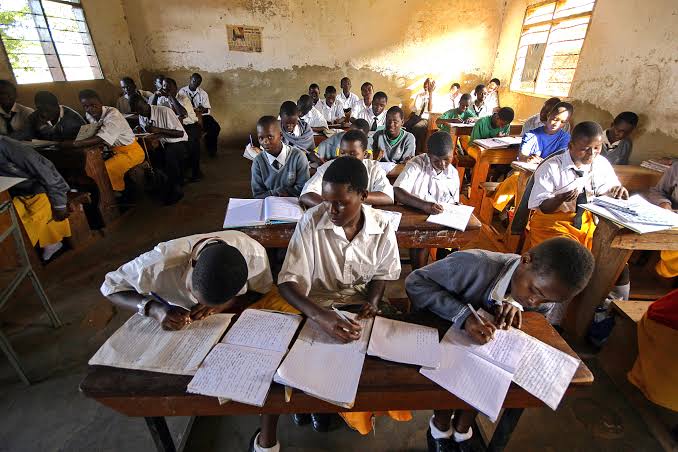
The number of marriages in China increased for the first time in 9 years. In 2023, there were 7.68 million newlyweds in the country, which is 12.4 percent more than the previous year. The British news agency BBC has published such news about China’s official information.
More than 845,000 marriages were completed in 2022, the Ministry of Civil Affairs said. A record 13.47 million marriages took place in 2013.
The country’s government recently received the information while promoting marriage as its latest bid to counter a record low birth rate.
China’s birth rate began to decline for decades following the imposition of a controversial one-child policy in the 1980s to control overpopulation. That policy was changed in 2015 and 2021 to increase population figures.
Earlier this month, Chinese Premier Li Qiang pledged that the government would work to “promote a birth-friendly society and long-term, balanced population development.”
A report released in March by Chinese government planners pledged to improve policies to raise the birth rate by reducing the costs of childbearing, parenting and education. They also revised the parental leave policies.
Many in China are choosing to live alone because of the economic slowdown. Younger women are also wary of tying the knot over concerns that the revised property laws favor male ownership.
China’s population is rapidly aging. About 300 million Chinese citizens will retire in the next decade, roughly equivalent to the entire US population.
Not only China, South Korea also has the lowest birth rate in the world. Their population is expected to halve by 2100. Japan records low births in 2022 Last year, the Hong Kong government announced that it would pay HK$20,000 per newborn to combat the city’s low birth rate.

 Reporter Name
Reporter Name 























